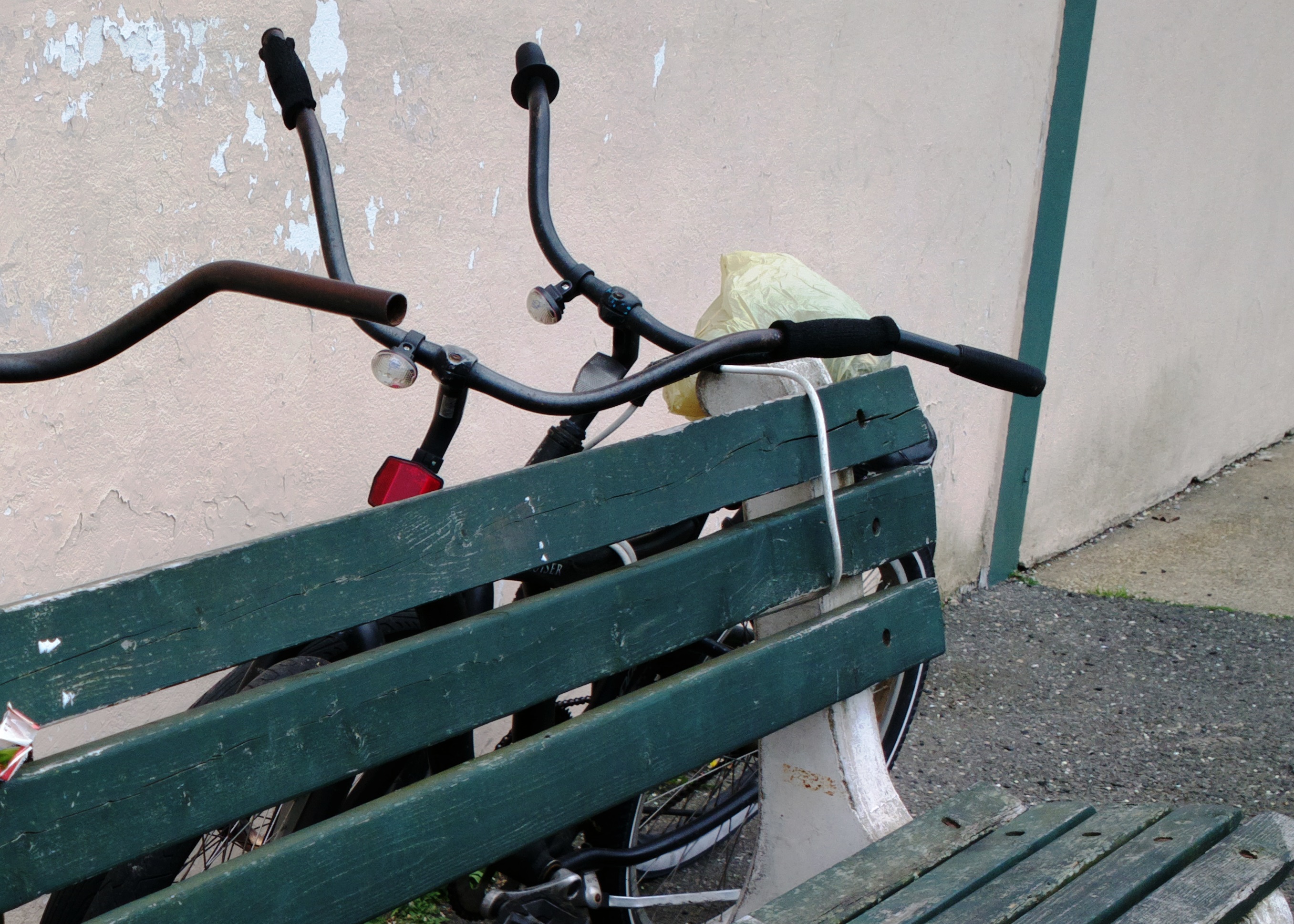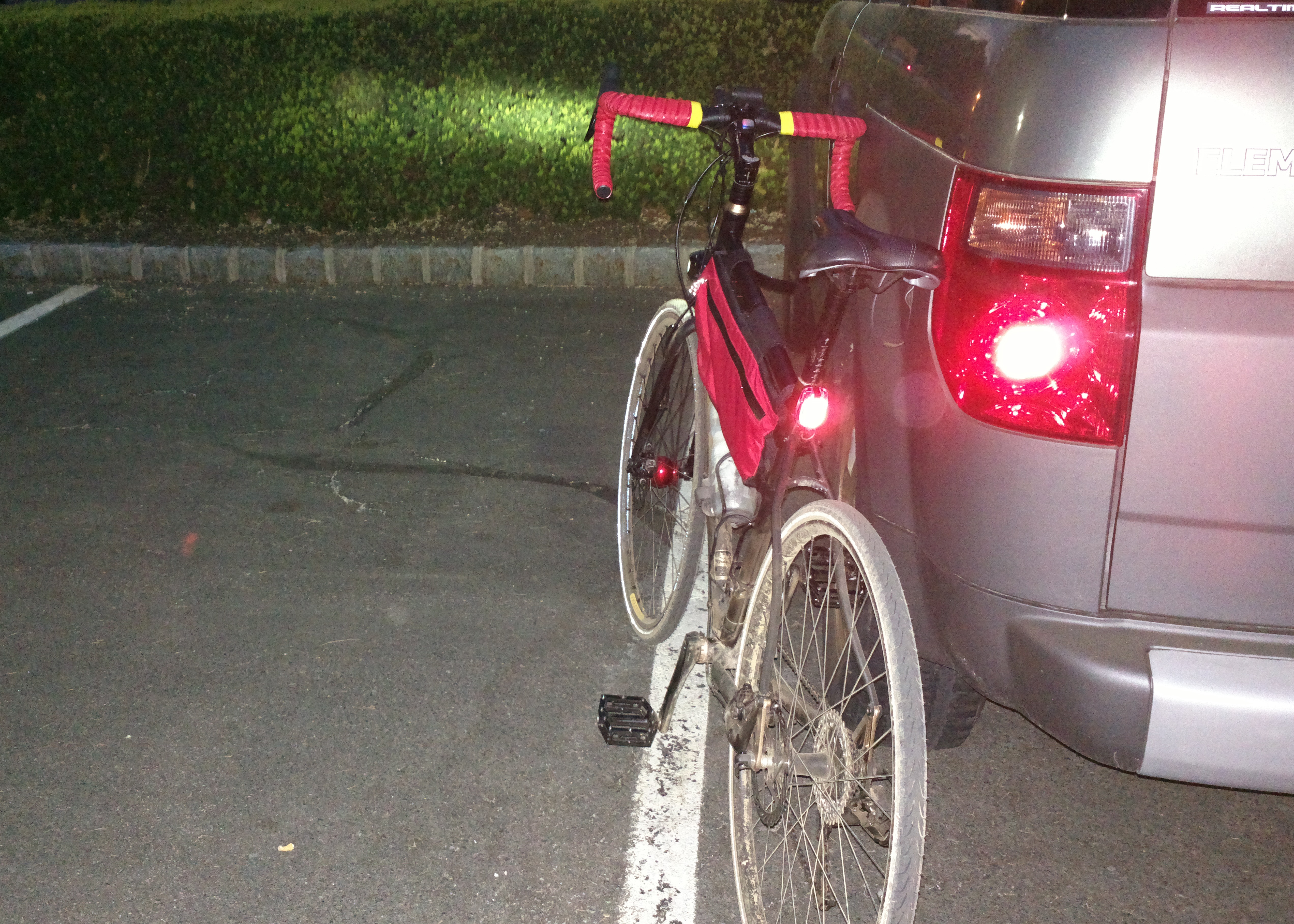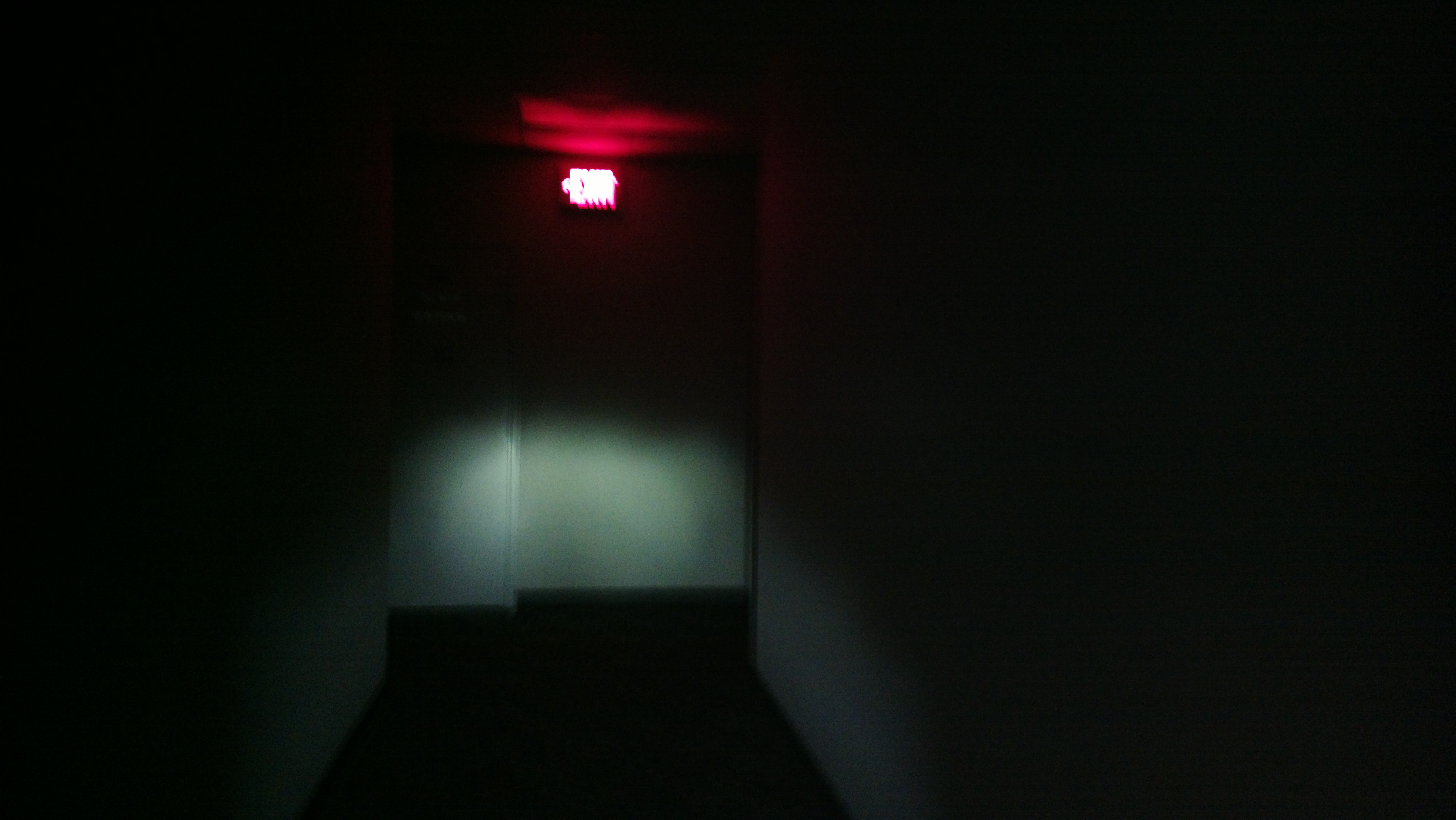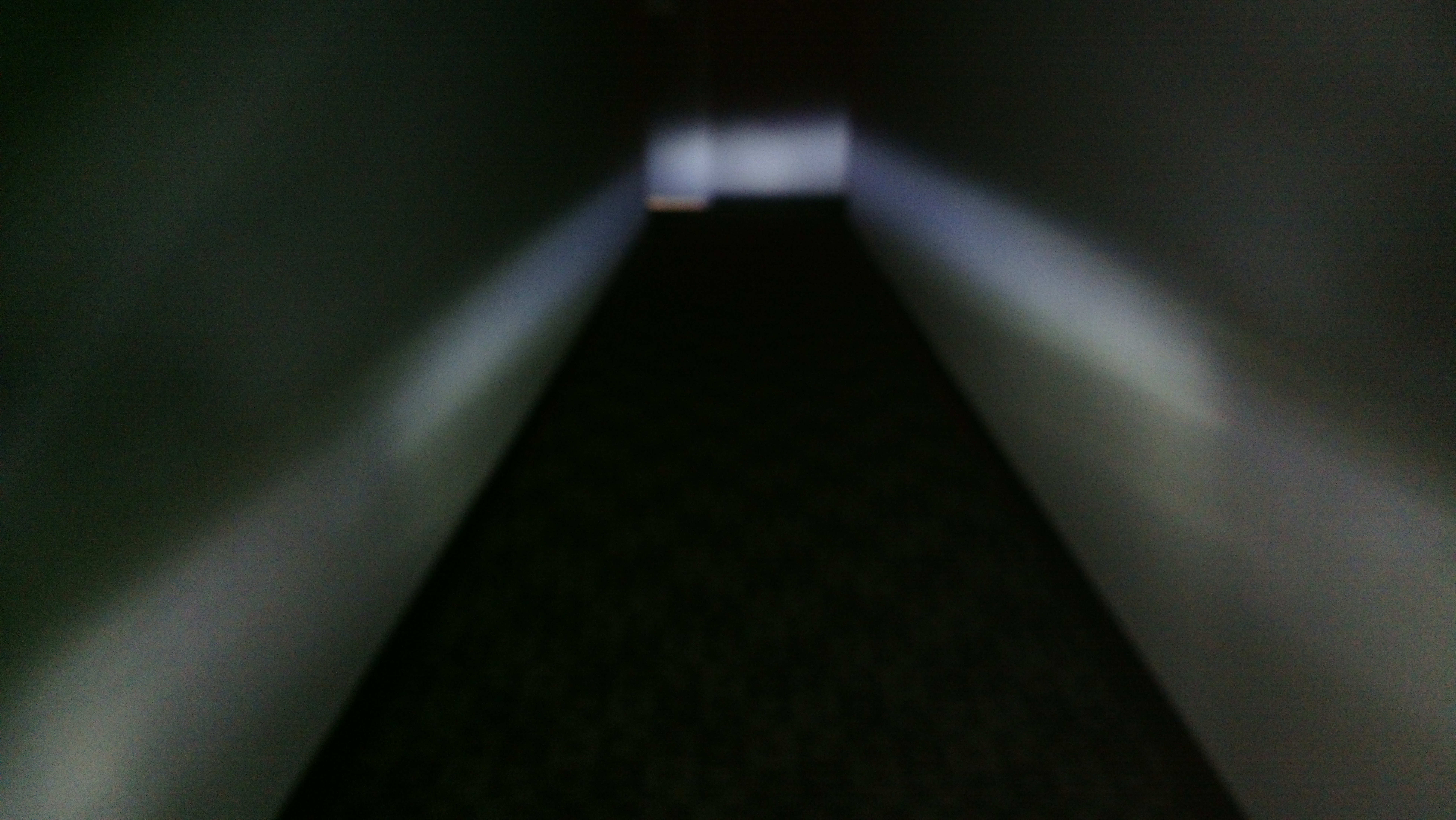Bike commuters can rejoice in the vast number of new choices to improve your visibility and to light up the road at night like never before. We’ll look at 5 options, including the lights that GMTMA uses as part of our Highway Traffic Safety grant. The Lights that we have at GMTMA are Planet Bike Blinky Safety, they are very lightweight, 2 LEDs, easily removable and run on nickel-sized CR2032 batteries.
Bike lights are useful in the day as well as required by law at night – for example, a rider close to the edge of the road on a tree-lined street is very difficult to see, so lights provide a big safety improvement.
Lights are of course white in front and red in back, and vary by strength, quality and source of power. Overall, there are lights to be seen by drivers and lights to see the road – we’ll concentrate on LED lights that are currently dominating the industry.
 The free lights we give to bike commuters are Planet Bike Blinky Safety, they are very light, 2 LEDs, easily removable and run on nickel-sized CR2032 batteries that are claimed to give up to 100 hrs of runtime on the blinking setting. Click here to see a very useful visualization comparison tool. The lights pictured were still working 2 years after we gave them to the restaurant workers as part of our HTS program.
The free lights we give to bike commuters are Planet Bike Blinky Safety, they are very light, 2 LEDs, easily removable and run on nickel-sized CR2032 batteries that are claimed to give up to 100 hrs of runtime on the blinking setting. Click here to see a very useful visualization comparison tool. The lights pictured were still working 2 years after we gave them to the restaurant workers as part of our HTS program.
Another very lightweight offering uses 16 LEDs producing 80 lumens (much brighter than the lights using only 2 LEDs), are easily removable via a rubber strap, has multiple blinking modes, and are claimed to run up to 6 hours on pulse mode via USB-rechargeable lithium ion batteries (I get about 3.5 hrs).
At the upper end of the battery lights are those developed for mountain bike racing, where 24 hour events demand being able to see as if in daytime – this offering uses 6 LEDs that can produce an astounding 3600 lumens, but only for 1.5 hrs – lower settings allow for up to 16.5 hrs runtime, and software is provided so you can program your own settings.
The US doesn’t regulate bicycle lights, so if you’re a motorist approaching a cyclist sporting 3600 lumens in the opposite lane, be ready to be blinded. German regulations provide for not blinding oncoming traffic, so let’s look at 2 offerings that conform to German street regulations, both with power provided from a front hub dynamo.
This offering (beam pictured above in hall) provides 205 lumens, and can be paired with a 3-LED rear light – a capacitor stores enough energy for keeping lit while waiting for lights. The weight of the hub dynamo plus headlight is lighter than the high-powered mountain bike light, which has a lot of battery weight.
 This last offering (pictured above, see the beam pattern on the hedge) provides 70 or 90 lux (lux = lumens / square meter, this discussion compares 80 lux to a hallway, i.e. indoor lighting), and senses outside lighting conditions and adjusts the light level accordingly, plus offers the ability to charge your phone via USB. It uses an internal battery to mediate the charging capability, provide power while waiting for traffic lights and provide the 90 lux floodlight. It also senses your speed, and broadens the light beam at low speed, so you can make safer turns, for example, see the pics below to contrast the standing light, when the bike is not moving(top), with the low speed wide beam, when the bike is moving slowly (bottom).
This last offering (pictured above, see the beam pattern on the hedge) provides 70 or 90 lux (lux = lumens / square meter, this discussion compares 80 lux to a hallway, i.e. indoor lighting), and senses outside lighting conditions and adjusts the light level accordingly, plus offers the ability to charge your phone via USB. It uses an internal battery to mediate the charging capability, provide power while waiting for traffic lights and provide the 90 lux floodlight. It also senses your speed, and broadens the light beam at low speed, so you can make safer turns, for example, see the pics below to contrast the standing light, when the bike is not moving(top), with the low speed wide beam, when the bike is moving slowly (bottom).
Here’s a good illustration and discussion of different light patterns of various headlights – it’s not just brightness that matters.
And as always, contact us if you would like to be a guest blogger on the GMTMA blog.



